March 2023 Meeting
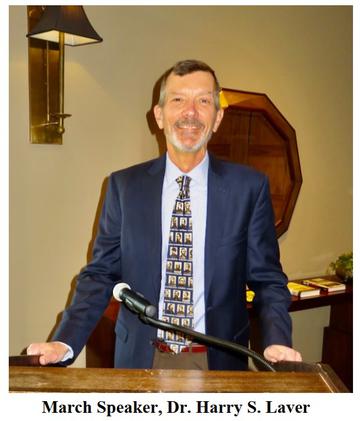
At our dinner meeting on March 15th, Dr. Harry S. Laver with the U.S. Army Command and General Staff College gave an excellent program titled: “Learning the Art of Joint Operations: Ulysses S. Grant and Andrew H. Foote.” Total attendance at the dinner meeting was 63.
Some of the key points made by Dr. Laver during the program are as follows:
- General Grant and Flag Officer Foote used Joint Operations to capture Fort Henry on the Tennessee River on February 6, 1862 and capture Fort Donelson on the Cumberland River on February 16, 1862. The capture of these two forts severed Confederate General Albert Sidney Johnston’s defensive line that ran from Columbus KY to forts Henry and Donelson to Bowling Green KY and then to eastern Tennessee.
- Joint Operations were not formalized in the mid-1800’s. It relied on personal relationships and had to be built on mutual trust and commitment, in order to achieve victory in the war.
- Andrew H. Foote was born in 1806 and enrolled at West Point in 1822. He left after six months and joined the U. S. Navy at the age of 16. By 1862, Foote had been in the Navy for 38 years. Foote was assigned command of the Union’s Western gunboat flotilla.
- Grant graduated from West Point in 1843 and served in the Mexican War. He resigned from the Army in 1854 and was a failure in business. When the Civil War broke out in 1861, Grant rejoined the Army and was appointed Brigadier General on August 5th. Grant began working with the Navy as a commanding officer at Cairo IL.
- Grant had a few missteps working with the Navy prior to and during the Battle of Belmont MO in November of 1861. The Navy had to transport Grant’s men across the Mississippi River in order to attack the Confederates and then had to evacuate Grant’s men back to Illinois after the battle. Grant had to learn to cooperate and with the Navy by giving adequate notice of his plans. Grant apologized to Flag Officer Foote for his lack of communication. From then on Grant became more professional, more open, and better at communications.
- This paid off in 1862. Grant, based at Cairo IL met with General Henry W. Halleck and proposed taking Fort Henry. Halleck was opposed to the idea. However, when Foote supported Grant’s idea, Halleck relented.
- On February 3, 1862, the joint Union forces left Cairo and headed up the Tennessee River to attack Fort Henry. The fort surrendered quickly on February 6th. Grant then wanted to attack Fort Donelson, which was only ten miles away by land. However, Foote wanted to repair his damaged gunboats and Grant was not comfortable advancing without Foote.
- Foote issued orders to move to Fort Donelson on February^*. On February 12th, Grant’s men marched the 10 miles to Fort Donelson and encircled the fort. Late on February 12th, Foote’s gun boats arrived. On February 14th, Grant and Foote put into motion their joint plan to capture Fort Donelson.
- The Union gunboats bombarded Fort Donelson, but it was heavily defended. Two Unon gunboats were put out of action and Foote was injured. Fort Donelson was not subdued. Grant and Foote met on Feburary 15th. The plan was for Foote to repair his gunboats and Grant to continue to keep Fort Donelson engaged.
- The Confederates attacked the Union forces on February 15* in order to try and escape to Nashville. Grant ordered that the Union position on the right be re-taken. Grant had assessed the battle situation correctly and sent a note to Foote asking if the gunboats could make an immediate appearance. Any support from Foote would be welcomed. Foote’s gunboats fired long-range guns on the fort. The Fort Donelson operation was conducted simultaneously because of the relationship between Grant and Foote.
- The Union forces drove the Confederates back into Fort Donelson. The next day, February 16th, General Simon Bolivar Buckner asked Grant for terms of surrender. Grant replied no terms but unconditional surrender. Grant received most of the credit for the Union victory at Fort Donelson. However, it was really due to joint operations.
- The capture of Fort Donelson only took 10 days. It shattered General A. S. Johnston’s defensive line. On February 25th, Union troops captured Nashville TN. That was the first Confederate state capital to surrender to Union forces. That was also the last time that Grant and Foote worked together.
- Foote committed to work with Grant. In order to be successful, Grant knew it would require a good relationship with Foote. Grant was a lot younger than Foote. However, Grant was mature enough to know it would require cooperation. Foote said the Army and the Navy were like the blades of a shear. Working together, they were a powerful tool. Separated, they were useless.
- The unity of effort and the efficiency of joint operations ultimately helped the Union win the war. Foote mentored Grant. Foote was fair but firm in his crticism of Grant due to Grant’s lack of communiction at Belmont. However, Foote was very complimentary of Grant otherwise. Grant found an appreciation for the Navy, which served Grant well in 1863.
- Grant worked well with Rear Admiral David D. Porter during the Vicksburg campaign. Personalities were very important. Cooperation between the army and the navy was critical in order to achieve ultimate victory in the war.
- After Fort Donelson, Foote worked to capture Confederate Island No. 10 on the Mississippi River. He was promoted to Rear Admiral and sent to work on the east coast. Foote died on June 26, 1863 due to Bright’s disease.
Photos from Our March Meeting
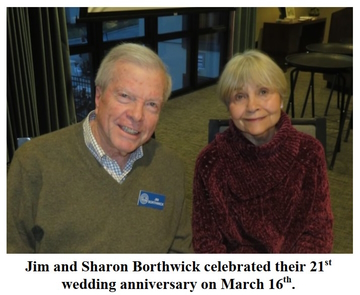
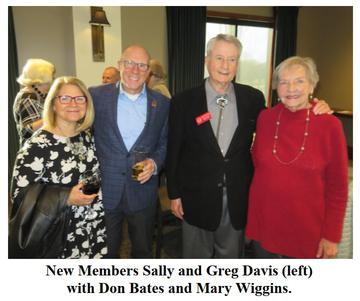
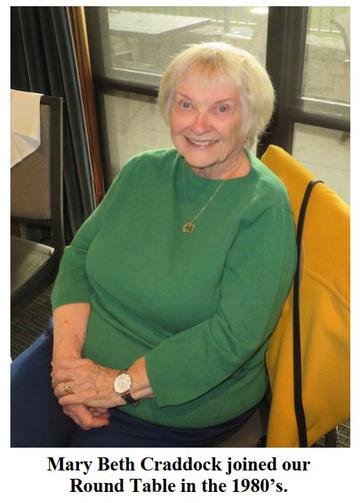
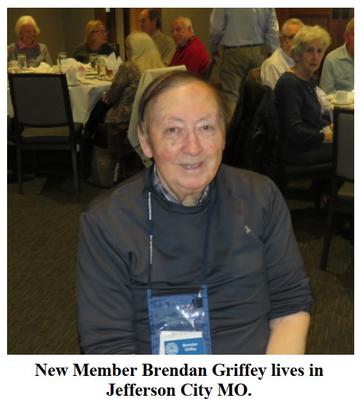
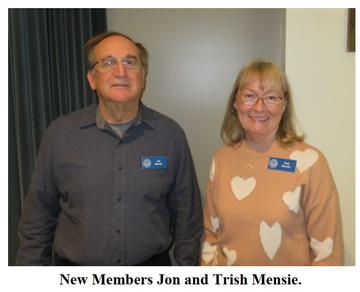
|
| |